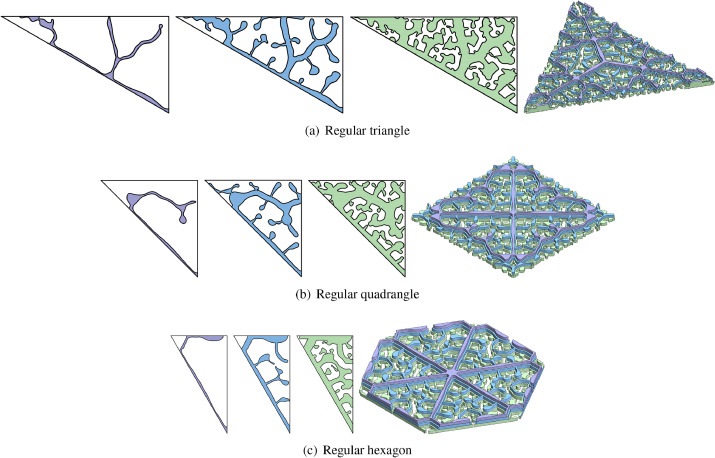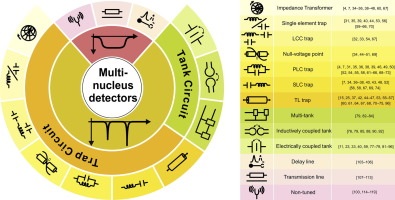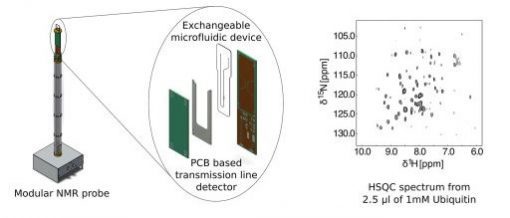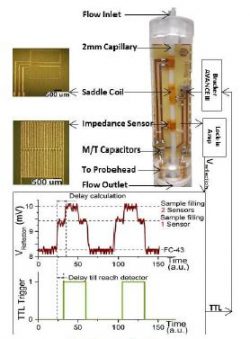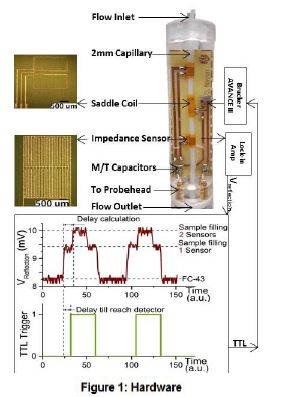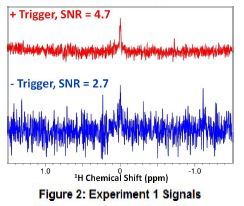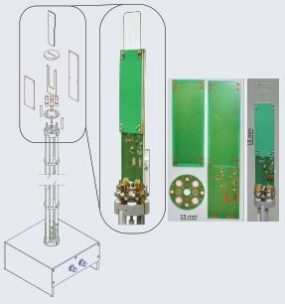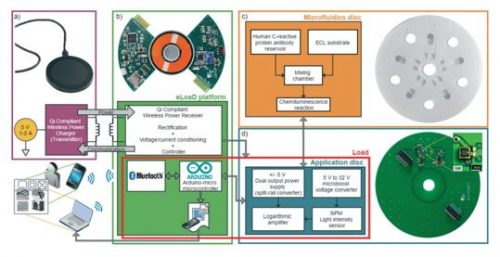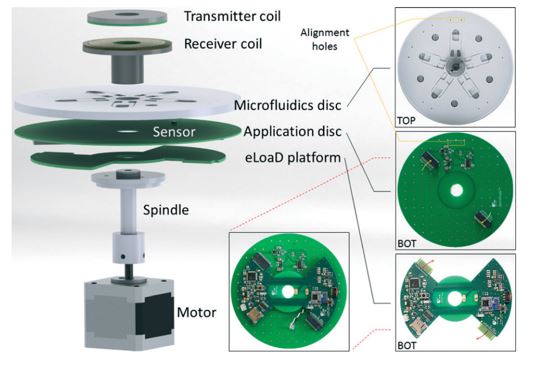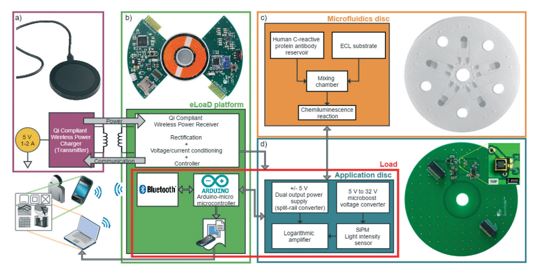Mouse precision-cut liver slices as a disease model to predict drug-induced cholestasis
R.E.H. Karsten, N.J.V.W. Krijnen, M. Grajewski, E. Verpoorte, P. Olinga
University of Groningen, Groningen, The Netherlands
Drug-induced cholestasis is a problematic adverse drug reaction, with no adequate model for early detection of cholestatic drugs mainly because the disease mechanism is complex and variable. The toxicity seen in cholestasis is most likely caused by accumulation of substances in the liver, bile ducts, or blood, which are normally excreted into the bile (e.g. bile salts, cholesterol, bilirubin, drug metabolites). This intrahepatic accumulation is thought to cause hepatocellular apoptosis and necrosis. When chronic, this can lead to progressive organ failure.
Aims
The aim of this project is to maintain metabolism and liver function in mouse precision-cut liver slices incubated in a microfluidic device, to ultimately study the onset of drug-induced cholestasis in mouse liver in real time.
Methods
We are developing an ex vivo, organ-on-a-chip model based on precision-cut liver slices (PCLS)1 to study drug-induced cholestasis in mouse liver. We incubate PCLS (5 mm diameter and 250-300 µm thickness) for 48 h in medium (Williams E Medium, with added glucose and gentamicin) in a 12-well plate. To the medium we also add non-, low- or medium-toxic concentrations of one of three different cholestatic drugs (chlorpromazine, glibenclamide, and cyclosporin A) and a humanized bile-acid mix with relevant mouse in vivo concentrations. Viability studies were performed by measuring intracellular ATP content. Moreover, gene expression was measured by real-time PCR. Gene expression was measured for the bile-uptake transporter, sodium-taurocholate co-transporting polypeptide (NTCP); the canalicular bile-export transporters, multidrug resistance-associated protein 2 (MRP2) and bile salt-export pump (BSEP); and basolateral bile-export transporters, MRP3 and MRP4. Furthermore, the gene expression of the nuclear receptor, Farnesoid X Receptor (FXR), which regulates bile homeostasis, was measured.
Results / Conclusions
Combined administration of cholestatic drug and mixture of bile acids led to changes in the gene expression of bile-export transporters. This was true for both basolateral and canalicular bile-export transporters. This study is the first that relates gene-expression data to early drug-induced cholestasis development in mPCLS. Once optimized, PCLS will be incubated in a microfluidic device to monitor the onset of drug-induced cholestasis in real time. We will use this model to better elucidate disease mechanisms and perform drug-toxicity screening.
References
- de Graaf
IAM, Olinga P, de Jager MH, Merema MT, de Kanter R, van de Kerkhof EG, et al. Preparation and
incubation of precision-cut liver and intestinal slices for application in drug
metabolism and toxicity studies. Nat
Protoc. 2010; 5(9):1540–51.

